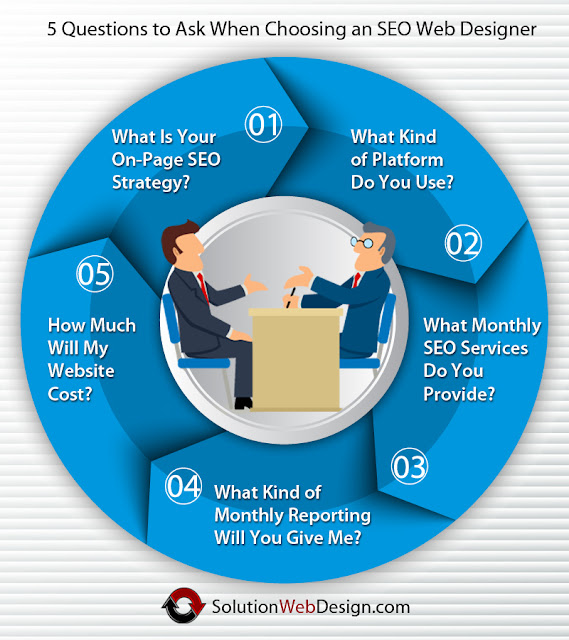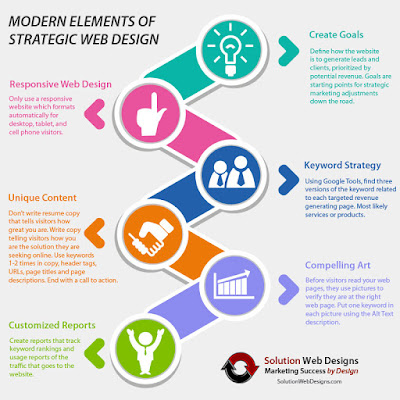What is Mobile First Indexing?
Google makes sure its search engine is always updated and thoughtful when it comes to the needs of the users. These days, most people depend on their mobile devices to carry out different activities in the online world. For this reason, Google has decided to focus more on these on-the-go users.
As a result, Google has released several updates, which are designed to ensure that the web becomes a better place for mobile users. Currently, the most talked about is the mobile-first version of the search engine's index since it started rolling out on a handful of websites. Webmasters and search engine optimizers know that this change can mean a considerable modification in online ranking strategies.
Mobile First Index in a Nutshell
When Google indexes web pages, it means that it collects information which it will later use to prepare the search results for different queries. When a particular person searches for something, Google will display the results based on its formula using the index (massive catalog of web pages).
For many years, Google viewed and prioritized desktop versions over mobile sites. However, as there are now more mobile users, the search engine now treats mobile pages as the primary pages for indexing, causing desktop sites to be of secondary importance.
Some websites have already experienced mobile first indexing. Since it is a significant update, rolling it out is performed gradually. This is not the first time that the search engine has released an update for the mobile users. Mobilegeddon, along with the follow-up updates in 2015 and 2016, was created to make the web more mobile-friendly.
Even before Mobilegeddon, Google already worked hard to make sure the sites with mobile compatibility get their rewards through rankings. It should be noted that mobile-friendly websites are those that have web pages that can be viewed properly and correctly using a mobile device. This means that people who visit the site should be able to load the content on the page, read the text without zooming in or scrolling and making sure that all the buttons work when a mobile user presses on them.
The Impact of This Type of Indexing
Mobile first indexing does not influence the search engine's considerations for mobile friendliness. Additionally, sites will not be penalized or rewarded in rankings because of such trait. In fact, Google explained that mobile first would not have a huge effect on search rankings.
What it can genuinely affect, though, is if there are two versions of a website: one for mobiles and another for desktops. For instance, if the mobile version of the site does not have enough content compared to the desktop one, Google will consider the mobile version primarily.
A few years ago, Google announced that more searches occur on mobiles than on desktop. It is easy to say that mobiles are now the predominant method for people to look things up on Google. Therefore, it makes sense to cater more to mobile users than those who use desktop computers.
In many cases, websites have thinned down or provided a worse user experience for mobile users, especially when compared to the desktop version of the site. This typically happens on sites that have separate URLs for their mobile version or those that use dynamic serving.
Why Companies Should Begin Updating Their Websites
It is 2018 now, and if your company still does not have a mobile-friendly site, it is time to perform some changes. That said, you can prepare your brand's website for this type of indexing by reading and understanding the blog post of Google's webmaster. It is a quick read to help you determine what you need to do if anything.
Among the most critical points is that those who have a dynamic serving or responsive site where markup and content are equivalent across desktop and mobile should not have to change anything.
Perhaps one of the most significant steps to take is to go responsive. It is an additional investment, but it is undoubtedly worth it. You need to begin moving your website to a responsive design where one URL adapts to the devices for the users, Google and other search engines, and the people who work to maintain your website.
You can still have a separate mobile website, but it will not take long for Google to require sites to go responsive. A responsive web design company can help you have the same content on desktops and mobiles on a page-by-page basis.
If going responsive is not an option, for now, primary content should be on the mobile version of your website. Once Google starts using mobile first indexing on your website, it will look at the mobile version as the primary source of content.
Those with a responsive site will have no issues once Google begins the switch. The site will be able to adapt to whatever device the user is on automatically. Plus, there is only one URL to deal with. As a result, no fluctuation in rankings would take place. A responsive web design company is the key to achieving the must-have design that Google prefers for websites.
It is safe to say that if you have a responsive site, it will do well in mobile first indexing. Therefore, it is by far the most important thing to do to make sure your company's website ranks satisfactorily. With a responsive site in this age of mobile devices, the design changes fittingly for the size of the screen, making it a two-for-one value.
About the Author
Craig Corbel is the Vice President of Marketing and Design at Solution Web Designs, an agency that caters to small and mid-sized companies in the tristate area. Learn more by visiting their website.




Comments
Post a Comment